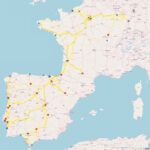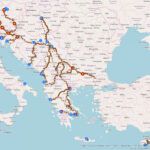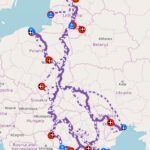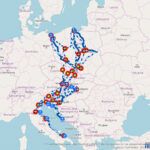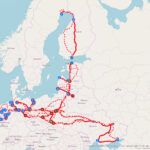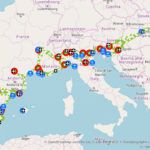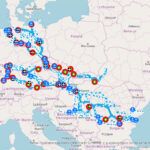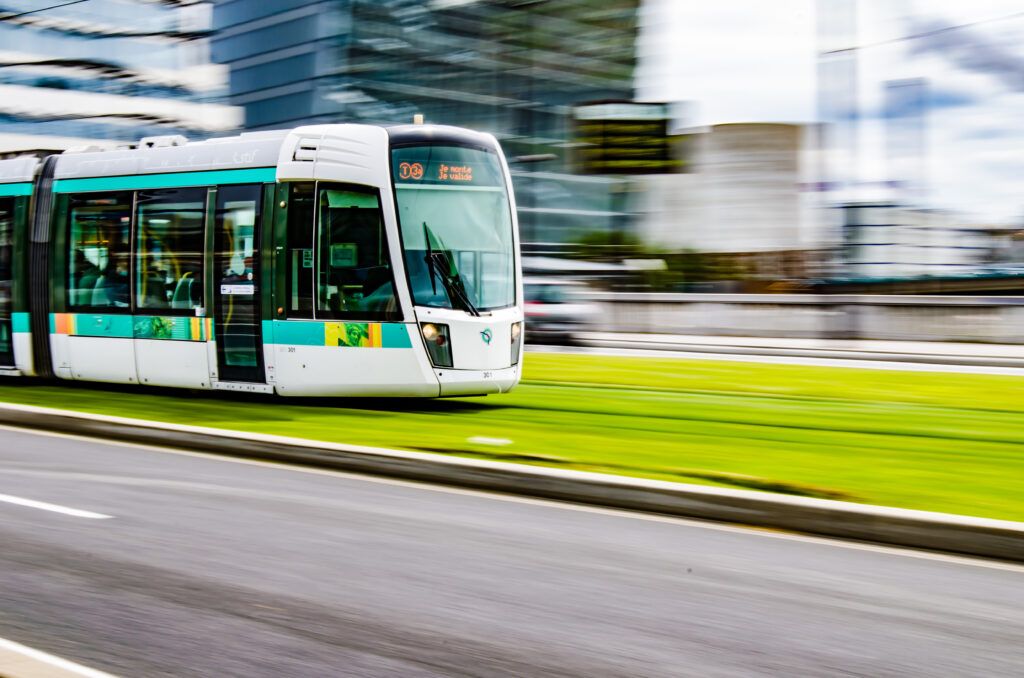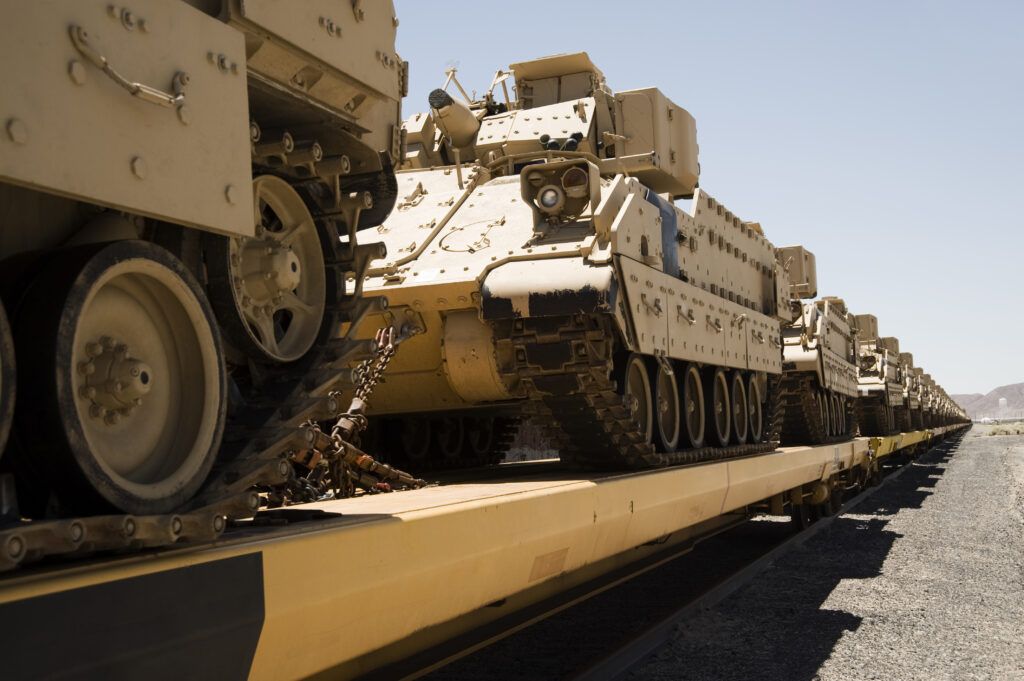
European Corridors: the new TEN-T Regulation
The European Parliament has just validated the new revised Regulation of the Trans-European Transport Network, (TEN-T), which had already been presented to society during the Connecting Europe Days 2024 in Brussels. This review is part of the sustainable growth strategy of the European Union (European Green Deal or European Green Deal) that aims to create a carbon-neutral Europe in 2050.

Carles Rúa is the Chief Innovation Officer at the Port de Barcelona and Director of the Master’s degree in Executive in Supply Chain Management at the UPC.

In December 2023 the European Parliament and the Council reached an agreement on the proposal for a Regulation of the European Parliament and of the Council on guidelines of the Union for the development of the trans-European transport network, and amending Regulation (EU) 2021/1153 and Regulation (EU) No. 913/2010 and repealing Regulation (EU) No. 1315/2013.
This past April 24, 2024, the European Parliament gave final approval to the review of the plan for the Trans-European Transport Network (TEN-T).
The new regulation is to be considered as a key action of the European Green Pact and the Sustainable and Intelligent Mobility Strategy and aims to:
- To make European transport grow in a more sustainable, environmentally friendly way, reducing greenhouse gas emissions and pollution and improving its efficiency.
- To develop more fluid and efficient transport, eliminating existing bottlenecks and improving interoperability and multimodality.
- Increase the resilience of the TEN-T to climate change and other disruptive situations.
- Improve the governance of the TEN-T.
In short, the idea is to build an effective and efficient multimodal network in Europe of railroads, roads, inland waterways, short sea shipping routes interconnected with each other and with urban nodes, seaports, inland ports, airports and intermodal terminals.
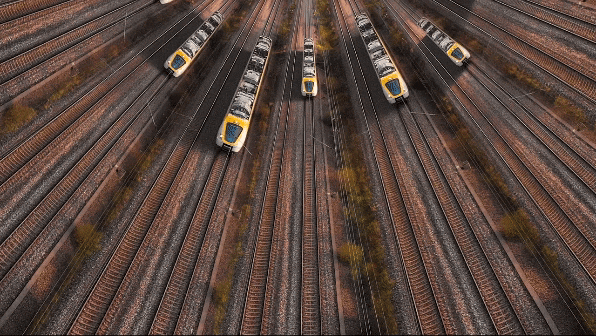
European corridors
One of the main tools developed in the previous regulation to promote the connectivity of citizens and goods within Europe was the TEN-T Network Corridors. (Trans-European Network - Transport), known as the Core Network Corridors (CNC). These corridors include rail connectivity, but also roads, airports, seaports and inland ports and waterways linking the main European nodes. In addition to these corridors, there were two horizontal priorities: the European Rail Traffic Management System (ERTMS) and the Motorways of the Sea.
The new regulation maintains the essence of this governance model, although the NCCs now become the European Transport Corridors, ETC, although with some significant differences:
First, the FTEs integrate the CNCs with the Rail Freight Corridors (RFC) specific to freight transport. The RFCs were created in 2010, on the basis of the TEN-T Corridors to increase the competitiveness of rail against other modes of transport, facilitating common governance of the same by establishing an administrative one-stop shop for rail operators wishing to cross various countries.
Although they partially coincided with the NCCs, they have evolved differently over time, since their initial objectives were also different: the NCCs were oriented towards financing large infrastructure investments, while the RFCs were approached from a more operational point of view. At present (April 2024), there are 11 RFCs for 9 CNCs and, as mentioned above, both networks are integrated with the new Regulation, an integration which, moreover, was one of the demands of the transport sector.
Thus, the resulting corridors in the new Regulations are:
In addition, two horizontal priorities are added: the European Rail Traffic Management System (ERTMS) is maintained, but the Motorways of the Sea are replaced by European Maritime Space, EMS.
Secondly, the trans-European transport network must improve transport connections with the EU's neighboring countries. In this respect the ETCs integrate Ukraine and Moldova and the six Western Balkan partners into the new regulation. In particular, four transport corridors go into Ukraine (North Sea - Baltic, Rhine - Danube, Mediterranean and Baltic Sea - Black Sea - Aegean Sea), while the Western Balkans - Eastern Mediterranean corridor goes into the Balkans.
The new TEN-T maps will significantly contribute to improving connectivity between Ukraine and Moldova with the European Union. With the signing of the association agreements with the Commission, Moldova and Ukraine can apply for funding from the CEF: Connecting Europe Facility for transportation infrastructure development projects.
The ETCs aim to achieve resource-efficient multimodal transport and contribute to European cohesion and territorial cooperation. Therefore, the corridors must:
- assisting modal integration by reinforcing the most sustainable modes of transport, such as rail, inland waterways and short sea shipping
- facilitate interoperability
- coordinated development, especially on cross-border sections and with regard to rail transport.
- supporting the digitization of transport through coordinated and integrated network development and the implementation of innovative solutions
Gradual development
The Regulation proposes a gradual development of the TEN-T in three stages: a core network to be implemented by 2030; an extended core network to be completed by 2040; and a comprehensive network to be completed by 2050. In fact, the core network and the extended core network consist of parts of the trans-European transport network that must be developed as a matter of priority in order to achieve the objectives set.
The concept of an extended core network is a concept that did not exist in the previous regulation. This new intermediate deadline, set at 2040, has been introduced to advance the completion of large-scale projects, especially cross-border ones, such as missing rail connections, before the 2050 deadline that applies to the comprehensive network.
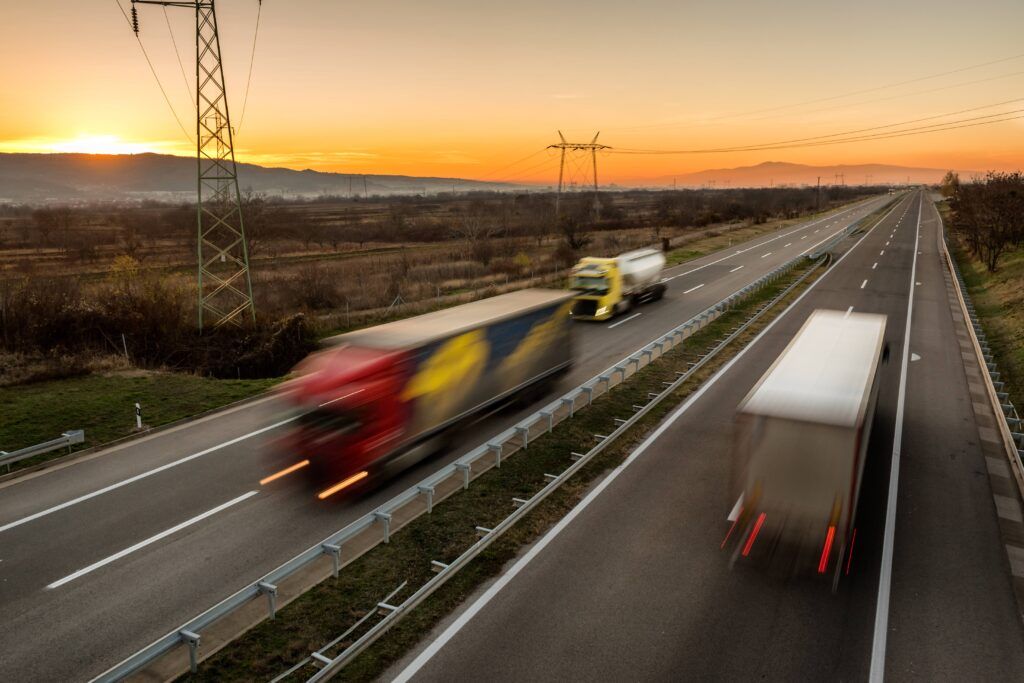
Objectives for the different modes of transportation
For each type of infrastructure (and this refers to rail, road, maritime, airports, inland waterways, intermodal terminals and urban nodes), the regulation defines the infrastructure components. That is, the elements included in the infrastructure, the requirements that these components must meet for both the overall network and the core network, and the additional priorities for their development.
It also establishes a series of objectives, among which we can highlight the following:
- The rail infrastructure must allow for both the core network and the extended core network to allow passenger trains to run at speeds of 160 km/h or higher from 2040 onwards.
- The technical requirements established in the previous Regulation are maintained: the railway network must allow the circulation of trains of 740 m in length and with an axle weight of 22.5 tons and provides for a nominal track gauge for new railway lines of 1,435 mm.
- Railway tracks must be adapted to at least a P400 standard (reference P400 defines the standard according to which the maximum height at which a semi-trailer can be transported on a train is limited to four meters.
- The ERTMS (European Rail Traffic Management System) should be implemented throughout the TEN-T rail network, progressively replacing the signaling and safety systems of each country.
- Operational parameters are introduced in infrastructure management. For example, the average waiting time for a train at the border should not exceed 15 minutes and 90% of international trains should arrive at their destination with a delay of less than 30 minutes. The inclusion of operational parameters is the consequence of the integration of the CNCs with the RFCs.
- For inland navigation, rivers, canals, lakes, inland ports and access roads in the basic network shall have a navigable channel depth of at least 2.5 m and a minimum height under non-moving bridges of at least 5.25 m above the defined reference water levels.
- Airports with traffic in excess of 12 million passengers per year must be connected to the long-distance rail network.
- Seaports should have infrastructures for the supply of alternative fuels.
- Road transport on the basic and extended basic network must have rest areas every 60 km from 2030 onwards and safe and secure parking areas at least every 150 km and weigh-in-motion areas every 300 km from 2040 onwards.
- The number and handling capacity of the intermodal terminals must be adapted to the expected growth in traffic flows, as well as to allow the circulation of 740 m long trains on the network.
Urban nodes
The Regulation reinforces the role of the more than 400 main cities along the TEN-T network, which must have, among others, the following elements:
- Adequate infrastructure for recharging or refueling alternative fuels.
- By the end of 2025, urban nodes should be able to collect and report on certain urban mobility characteristics, including greenhouse gas emissions, congestion, accidents and accident victims, modal share, access to mobility services, and air and noise pollution in cities.
- By the end of 2025, each urban node should have a sustainable urban mobility plan (SUMP), which takes into consideration both freight and passenger mobility for the entire urban area. And that develops objectives, targets and indicators for the performance of the urban transport system.
- Sustainable, uninterrupted and safe interconnection between the different modes of transport.
- The development of digital mobility systems.
- At least one multimodal freight terminal per urban node by the end of 2040.
Military mobility
In response to Russia's aggression against Ukraine, the Commission has reinforced its support for dual-use transport infrastructures for military mobility. The EU Action Plan on Military Mobility 2.0 reflects the work developed in this regard.
To harmonize the rules for the trans-European transport network and the EU military transport network, in late 2023 the Council adopted revised military requirements, the scope of which covers logistics hubs, fuel supply chain infrastructure, lessons learned from the Russia-Ukraine war and military criteria for the evaluation of proposals for dual-use infrastructure projects.


